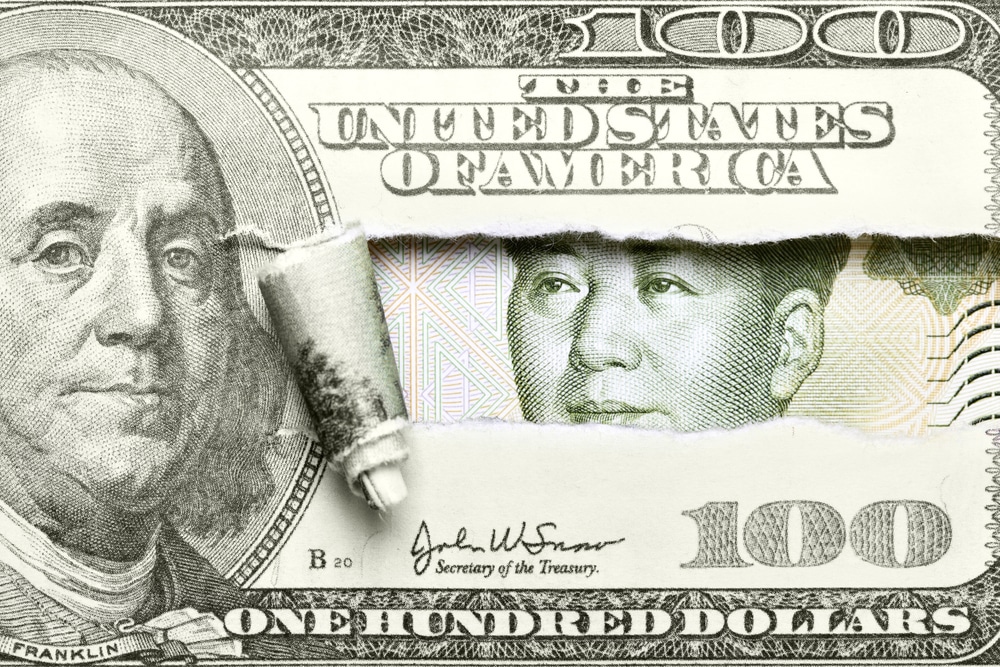
USD/JPY forecast for February 26, 2021
Looking at the chart on the weekly time frame, we can see that this one too now dollar has made big gains against the Japanese yen. Break above moving averages MA20, EMA20, and now break above MA50 directing the USD/JPY pair towards MA200 and EMA200 at around 108.00. Mass vaccination of the population against coronavirus distracts investors from the safe currencies JPY and CHF, and the dollar as the global dominant currency in trade still has its strength. By setting the Fibonacci retracement level, we see how the USD/JPY pair made a pullback to 78.6% but has now climbed to 61.8%, and here we can now expect potential resistance or consolidation.
On the daily time frame, we see the USD/JPY pair’s growth since the beginning of January this year. The movement is in one narrow rising channel with a break made over the MA200 and EMA200. We see that the USD/JPY pair reached close to 50.0% Fibonacci level by setting the Fibonacci retracement level at 106.70. The bullish target is our previous high from August 2020 at 107.00. If the dollar continues to strengthen, then our target is 61.8% Fibonacci level at 108.00. We need a rejection of 50.0% Fibonacci levels for the bearish scenario, where after that, we go down to 38.2% to 105.35.
On the four-hour time frame, we see that the USD/JPY pair makes a third higher high in the rising channel on the upper trend line, and now we look to see if there will be a bounce and descent in the zone around the bottom trend line 105.20-105.70. Moving averages are still on the bullish side but are close to candlesticks, and there is a chance we will see a break soon for the start of a smaller bearish trend within this channel.
From the news for these two currencies, we can single out the following news: Industrial production in Japan increased seasonally adjusted by 4.2 percent compared to the month in January, the Ministry of Economy, Trade, and Industry announced on Friday.
- AUD/NZD forecast for February 26, 2021
That beat expectation for growth of 4.0 percent after falling 1.0 percent in December. On an annualized basis, industrial production fell 5.3 percent – roughly in line with forecasts after falling 2.6 percent in the previous month.
Revised data released by the Department of Commerce on Thursday shows that U.S. gross domestic product jumped slightly more than originally estimated in the fourth quarter of 2020. The trade ministry said GDP grew 4.1 percent in the fourth quarter compared to a previously recorded jump of 4.0 percent. The upward revision coincides with economists’ estimates.
As stock constraints continue to hamper potential buyers, the National Real Estate Association released a report Thursday showing a sharp drop in U.S. sales pending home sales in January. NAR said its home sales index fell 2.8 percent to 122.8 in January, after rising 0.5 percent to 126.4 in December.





